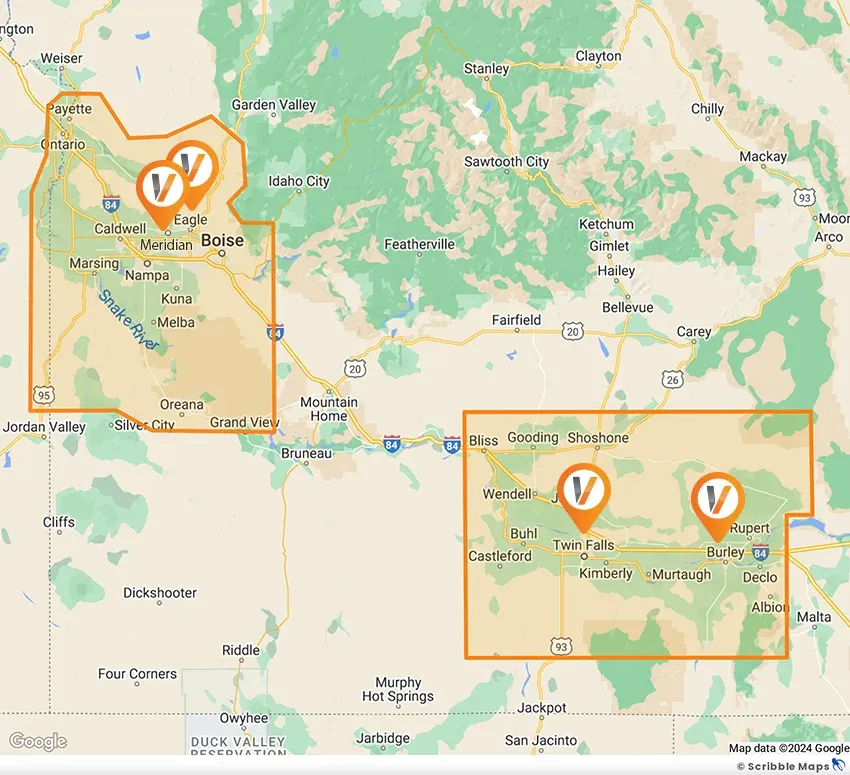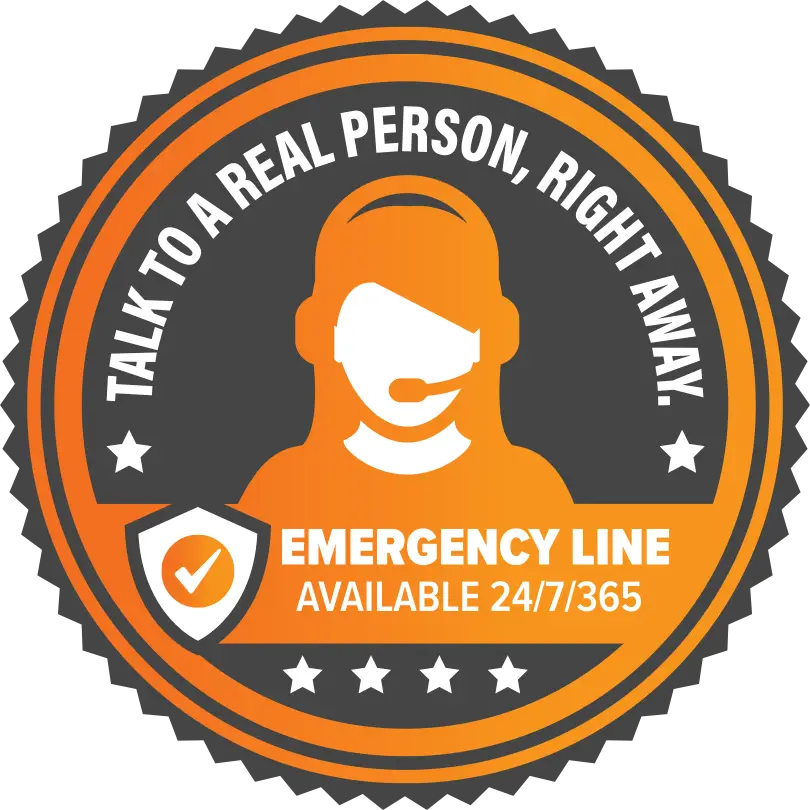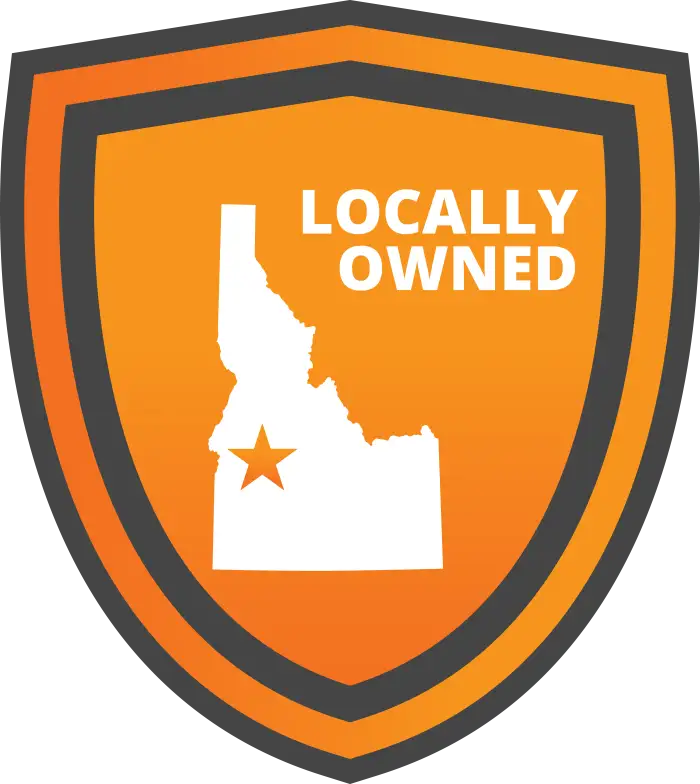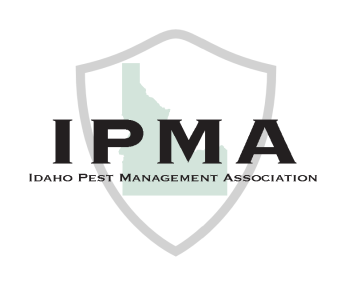Wasp Control in Western Idaho
Wasps are a common nuisance in Idaho, but they can also be dangerous. Their painful stings and aggressive behavior can put both people and pets at risk. Luckily, there are steps you can take to control wasp populations around your home or business in Idaho. Vertex Pest Control offers effective wasp control solutions that will keep your property safe from wasps.
Our wasp removal program includes:
- An inspection of your property to identify the source of the wasp infestation
- Develop a customized plan to remove them using safe, effective methods to remove nests and eliminate wasps from the area.
- Using insecticides that are safe for you, your family, and the environment.
How to Identify a Wasp
Identifying a wasp is important for taking appropriate action to control their population. Wasps are typically black or yellow and black in color and have wings, long antennae, and a thin waist. They may range in size from 1/2 inch to up to 3 inches. Common types of wasps found in Idaho include paper wasps, mud daubers, hornets, and yellow jackets.
Paper wasps are typically the most common type of wasp found in Idaho and can build nests on porches, under eaves, and on trees. Mud daubers are slender wasps that build mud nests under roof eaves or along walls. Hornets are larger than paper wasps and may make nests in trees or shrubs. Yellow jackets have a more aggressive behavior and can build nests in the ground, under decks or porches, and in wall voids.
If you think you have a wasp problem, contact Vertex Pest Control right away. Our experienced technicians will inspect your property and develop an effective plan for wasp control.
An Increase in the Wasp Population in Idaho
There has been an increase in the wasp population in Idaho. This is due to changes in the environment, such as fluctuations in temperature, humidity, and the availability of food sources. These changes can cause wasps to swarm around homes and other structures, leading to a large increase in their numbers. Wasps are also attracted to areas with garbage and other food sources, which can lead to an increase in their populations.
When are Wasps Most Present in Idaho?
Wasps are most present in Idaho during the late summer and early fall months. This is when colonies are at their peak population, as they have had time to build up their numbers throughout the season. During this time, it’s important to be vigilant about checking for wasp nests around your home or business. If you spot a nest, it’s best to call a professional for wasp removal services right away.

Areas We Service In Idaho
At Vertex Pest Control, we pride ourselves in providing effective and family- and pet-friendly pest treatments in the Western Idaho area, including:













